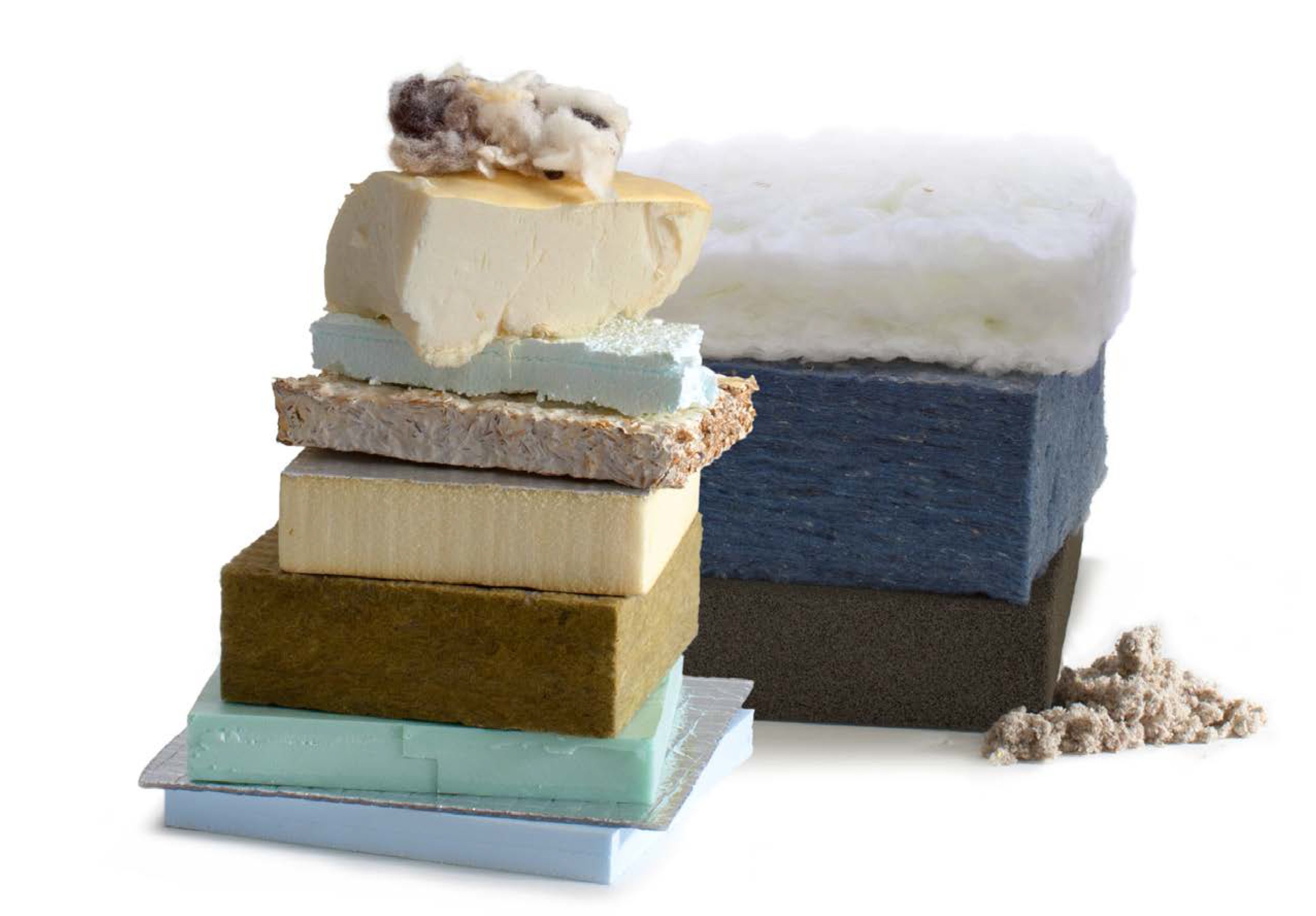Which board insulation should you specify on your project?

In many climate zones where we work, continuous insulation (rather than insulation stuffed or blown between metal or wood studs) is now required for prescriptive compliance. This is typically installed outside wall sheathing. This reduces the tendency of the studs to act as “thermal bridges”, allowing the heat to bypass the insulation for heat to flow via conduction between indoors and outdoors.
Good for energy and comfort, but unfortunately, some of the commonly used options have some fairly undesirable impacts—with the manufacturing process producing toxins or employing gasses that are themselves global warming agents. In response to concerns, manufacturers keep updating their processes. It’s a moving target, and there are no perfect materials without drawbacks—it’s all about making the best choice we can based on what is currently known.
We’ve been working with LongGreen Specs and BuildingGreen to sweep through our specs to try to help us identify options that are environmentally preferable. Their latest update to work on board insulation products is below.
Historically, the most common rigid board insulation has been XPS (extruded polystyrene)—“blue board”, and the most common structural insulated panel system (SIPS) insulation has been EPS (expanded polystyrene)—the familiar beaded material in a Styrofoam cup. Unfortunately, the manufacture of both involves a number of carcinogens, many of the flame retardants added are PBTs (persistent bioaccumulative toxins), and the blowing agents are global warming gasses more potent than CO2. (What’s not to like?)
Based on what is currently known, BuildingGreen’s current best-available choices are:
Boards
- Mineral wool (Roxul, etc.)
- Polyisocyanurate
- [if you must spec XPS, spec the HBCD-free options]
SIPS
- Polyurethane core SIPS